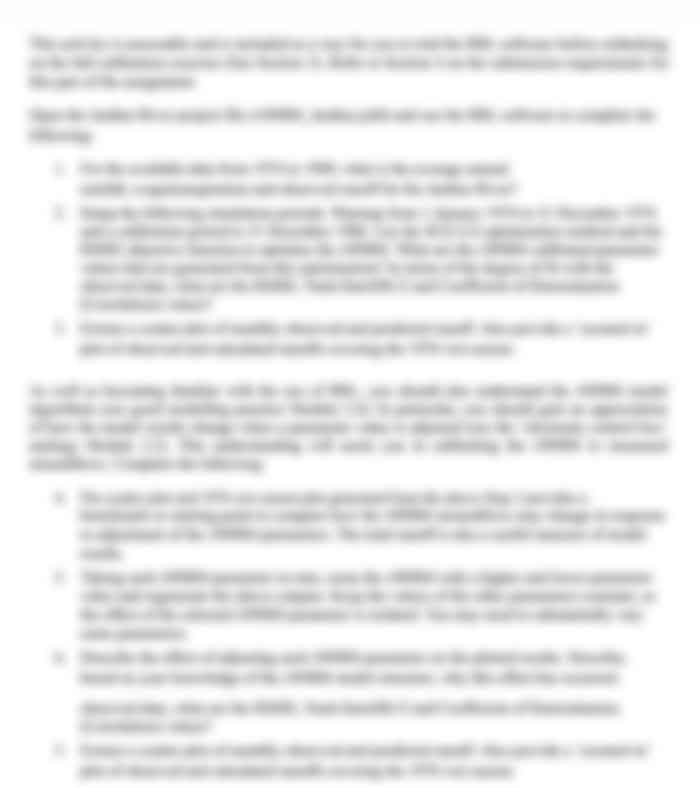NRSG372: Chronic Illness and Disability Assignment
- Subject Code :
NRSG372
- University :
Australian Catholic University Exam Question Bank is not sponsored or endorsed by this college or university.
- Country :
Australia
Task
You are required to conduct a face to face, phone or video call interview with a real person in your community who has a chronic illness or disability to discover the impact this has on their life. You will need to prepare for your interview. McGrath, Palmgren & Liljedahl (2019) suggest twelve steps for conducting research interviews; this article is linked on the NRSG372 reading list. Based on the information obtained during the interview and in collaboration with the interviewee, identify two (2) relevant care priorities.
For each identified care priority, outline and discuss one (1) SMART goal and one (1) health education topic relevant for the person to meet the SMART goal. For each health education topic relevant for the person, identify, link and rationalize where the person sits on the Roper-Logan-Tierney (RLT) model of nursing independence to dependence continuum. This may be different from where they sit with their understanding or managing of their chronic condition and/or disability.
For each health education topic provide a clear plan of the education you will need to provide in order to meet the SMART goal developed in collaboration with the person.
It is expected that appropriate nursing focused evidence-based literature will be used to support your assignment.
Consent Form
You will need to gain written consent from your interviewee PRIOR to conducting your interview and inform your interviewee that they may be called at random by the LIC to confirm consent. There must be evidence that you have interviewed (via face to face, phone or video call) a real person in your community, demonstrated by the consent form and unique circumstances outlined in your essay.
If there is evidence that students have not conducted a genuine interview an NN grade for the assessment will be awarded.
Safety
Confidentiality must be maintained. You must de-identify your interviewee in your paper, by use of a pseudonym, and clearly state this in your paper. Any identifiable location, organisation, or workplace must be deidentified. This assessment does not encourage you to diagnose conditions or suggest treatments to your interviewee.
Those under 18 years of age, carers, or currently enrolled students at Australian Catholic University, are not to be interviewed.
Students are not to approach strangers for interviews, or to put themselves into situations of risk. Please be aware of the impact of conducting an interview on your interviewee. Should your interviewee become upset, please finish the interview at that point, and contact the LIC for further advice.
Paragraph Structure
The written assignment should follow the below paragraph structure.
Introduction:
Introduce the interviewee with a pseudonym (and clearly state it is a pseudonym),and identify their health status and condition(s). Introduce the two (2) relevant care priorities you have identified, and the education area relevant to each care priority. (max 10% of word count).
Para 1:
Provide an overview of the person you have interviewed and their chronic health condition and/or disability including relevant biographical data obtained.
Para 2:
Provide a brief synopsis/summary of the pathophysiology of the chronic condition and/or disability.
Para 2:
What is your first priority of care? What information have you used to arrive at and to support the priority area you have identified? Why is this issue it a priority? Be specific and explain the priority in depth here. Use relevant nursing related literature to support your discussion.
Para 3:
What is your first SMART goal? Why was this chosen? In order for the person to achieve their SMART goal, realistic goals and health education must be provided. For example, having a goal to run a marathon, when the person is dependent on a walking frame for mobility, is not realistic. Thinking about your interviewee, where on the RLT dependence/independence continuum does the person sit with regards to achieving their SMART goal through the education you will provide?
Para 4:
As the nurse what is the relevant health education you will provide in relation to the first identified care priority in order to meet the SMART goal identified? You will need to provide specific information about what exact education you will provide. The content of the education plan will need to be specific, detailed and relevant to the person you are interviewing. It will need to contain more than generalized statements such as provide brochures or how to access information on the internet or provide education about their medications.
Para 5:
What is your second priority of care? What information have you used to arrive and support the priority area you have identified? Why is this issue a priority? Be specific and explain the priority in depth here. Use relevant nursing related literature to support your discussion.
Para 6:
What is your second SMART goal? Why was this chosen? In order for the person to achieve their SMART goal, realistic goals and health education must be provided. For example, having a goal to run a marathon, when the person is dependent on a walking frame for mobility, is not realistic. Thinking about your interviewee, where on the RLT dependence/independence continuum does the person sit in regards to achieving their SMART goal through the education you will provide?
Para 7:
As the nurse what is the relevant health education you will provide in relation to the second identified care priority in order to meet the SMART goal identified? You will need to provide specific information about what exact education you will provide. The content of the education needs to be specific, detailed and relevant to the person you are interviewing. It will need to contain more than generalised statements such as provide brochures or how to access information on the internet or provide education about their medications.

